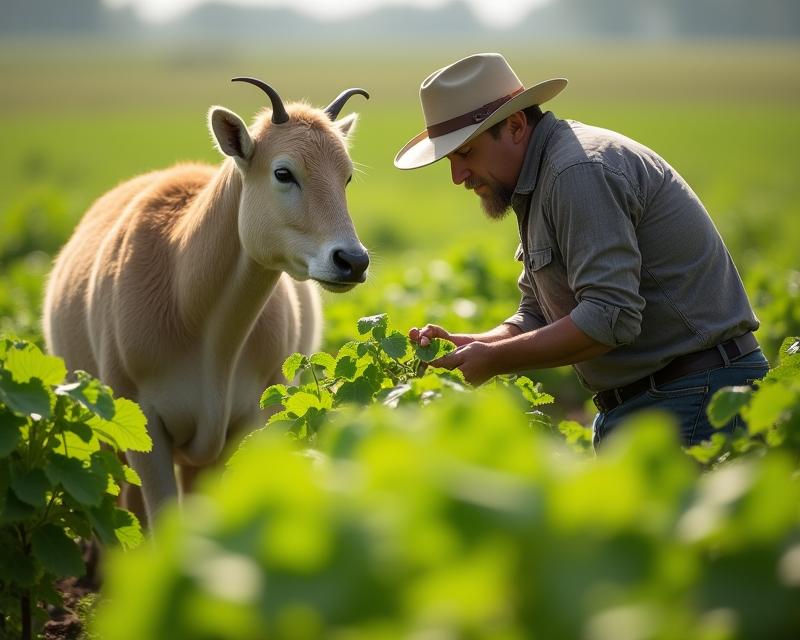Farm Water Storage: Ponds & Reservoirs
Publish in Sustainable Farming el 05/07/2025 02:31
Water Storage Solutions for Farms: Reservoirs and Ponds
Water is the lifeblood of any successful farm, whether you're growing crops, raising livestock, or simply maintaining a healthy landscape. Having a reliable water source isn't just convenient; it's crucial for productivity and resilience. One of the best ways to ensure you have enough water, especially during dry spells, is by implementing water storage solutions like farm ponds and reservoirs. Let's dive into how these options work and how to manage them effectively.

Farm Ponds: Natural & Accessible
Farm ponds are essentially artificial lakes designed to collect rainwater runoff. They're a fantastic, often cost-effective option, especially for smaller farms or those with sloping land. The design of a farm pond should consider the natural topography to maximize water collection. Clay liners are commonly used to prevent seepage, and strategically placed inlets and outlets allow for controlled water flow. A well-designed pond can provide water for irrigation, livestock drinking, and even recreational use. Remember to consider local regulations regarding pond construction and water rights before you begin!
Reservoirs: Engineered for Reliability
Farm reservoirs are more engineered structures, often built with concrete or lined with durable synthetic materials. They offer greater water storage capacity and more precise control over water levels compared to ponds. Reservoirs are ideal for larger farms with significant irrigation needs or those requiring a consistent water supply throughout the year. They often include features like overflow structures, water level sensors, and pumps for efficient water distribution. The initial investment in a reservoir is higher than a pond, but the long-term benefits in terms of water security can be substantial.
Managing Your Water Storage
Once your pond or reservoir is built, proper management is key. Regular inspection is essential to identify and address any issues like erosion, algae blooms, or liner damage. Consider implementing strategies to control algae growth, such as introducing aquatic plants or using algaecides (always follow label instructions carefully!). Regularly clean out sediment buildup to maintain water quality and storage capacity. And don't forget to monitor water levels, especially during dry periods, to ensure you have enough water for your needs. By investing in water storage and diligent management, you're building a more sustainable and resilient farm operation.
Resources
- Your local agricultural extension office can provide valuable information on pond and reservoir construction and management.
- State and federal agencies often offer cost-sharing programs to help farmers with water storage projects.
- Online resources and agricultural publications can provide detailed design plans and best practices.





